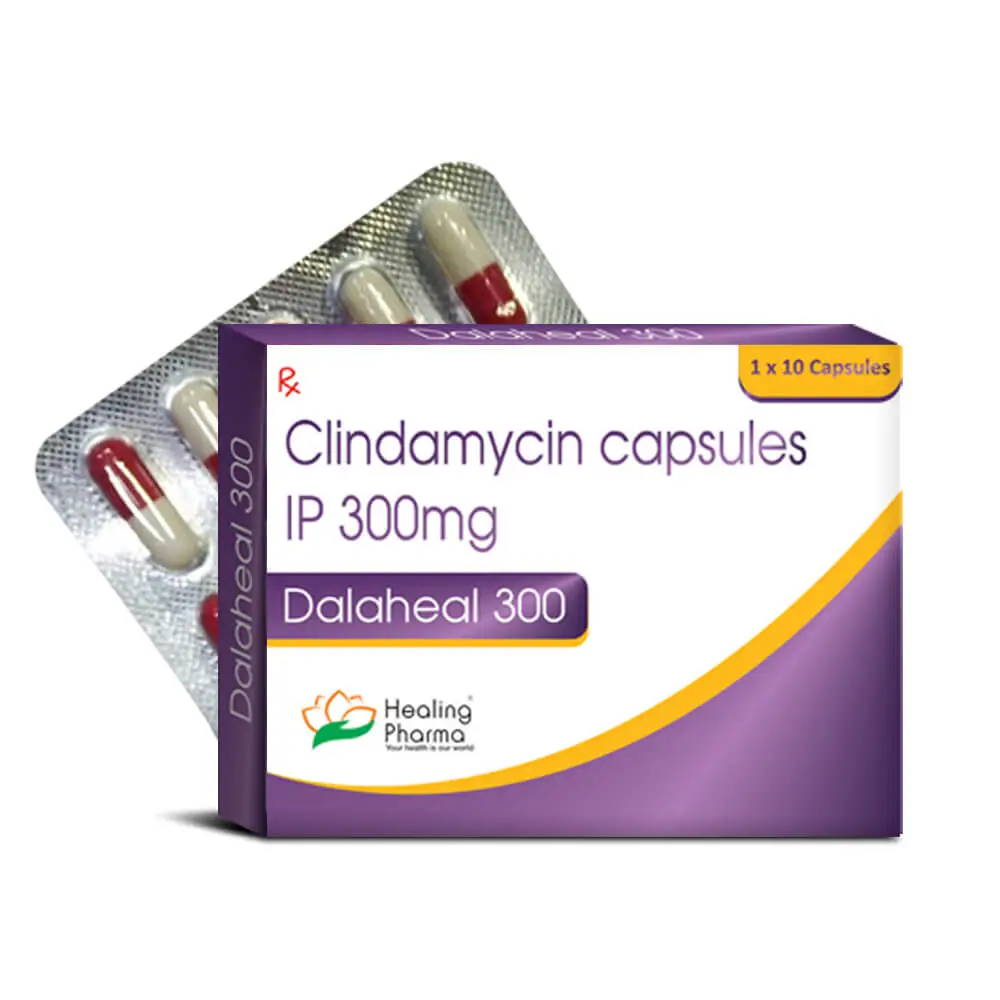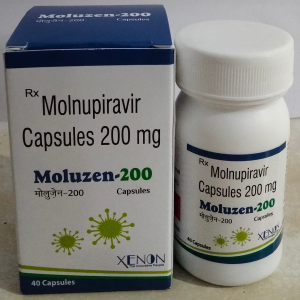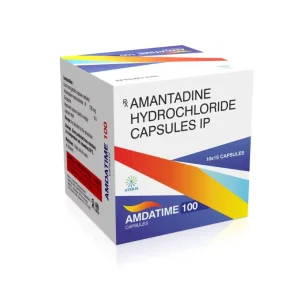Description
Clindamycin 300 mg – Broad-Spectrum Antibiotic for Serious Bacterial Infections
Clindamycin 300 mg is a powerful oral antibiotic that belongs to the lincosamide class. It is used to treat a wide variety of bacterial infections, especially when other antibiotics are ineffective or not suitable. Clindamycin works by inhibiting bacterial protein synthesis, preventing the growth and spread of harmful bacteria.
Key Indications:
- Skin and soft tissue infections (e.g., cellulitis, abscesses)
- Dental infections and tooth abscesses
- Respiratory tract infections (e.g., pneumonia, sinusitis)
- Bone and joint infections (osteomyelitis)
- Pelvic infections and intra-abdominal infections
How to Use:
Take Clindamycin 300 mg as prescribed by your doctor, usually every 6 to 8 hours. Swallow the capsule whole with a full glass of water. Do not lie down for at least 10 minutes after taking the medication. Complete the full course even if symptoms improve.
Precautions:
- Not suitable for patients allergic to clindamycin or lincomycin
- May cause diarrhea; stop and consult a doctor if it becomes severe
- Use with caution in individuals with gastrointestinal or liver conditions
- Not effective against viral infections like colds or flu
Storage Instructions:
Store at room temperature (below 30°C), in a dry place away from direct sunlight. Keep out of reach of children.
Disclaimer:
This medication is available only by prescription. Always follow your healthcare provider’s instructions. The information provided is for educational purposes only and is not a substitute for professional medical advice.
Frequently Asked Questions (FAQs)
1. What is Clindamycin 300 mg used for?
Clindamycin 300 mg is used to treat serious bacterial infections affecting the skin, lungs, bones, joints, and teeth.
2. Is Clindamycin stronger than Amoxicillin?
Clindamycin is often used when other antibiotics like Amoxicillin are ineffective. It targets a different range of bacteria and is particularly effective for anaerobic and resistant strains.
3. Can I take Clindamycin on an empty stomach?
Yes, but taking it with food may reduce the risk of stomach upset. Always take with a full glass of water.
4. What are the common side effects?
Side effects may include nausea, abdominal pain, diarrhea, or rash. Severe diarrhea may indicate C. difficile infection and requires immediate attention.
5. Can I drink alcohol while taking Clindamycin?
Moderate alcohol use is unlikely to interfere, but it’s best to avoid alcohol as it can worsen stomach irritation or dehydration caused by antibiotics.
6. How long does Clindamycin take to work?
Most people notice improvement within 48–72 hours. Always complete the full course even if symptoms improve sooner.
7. Can Clindamycin treat tooth infections?
Yes. Clindamycin is often prescribed when other antibiotics fail to treat dental abscesses or infections due to resistant bacteria.




